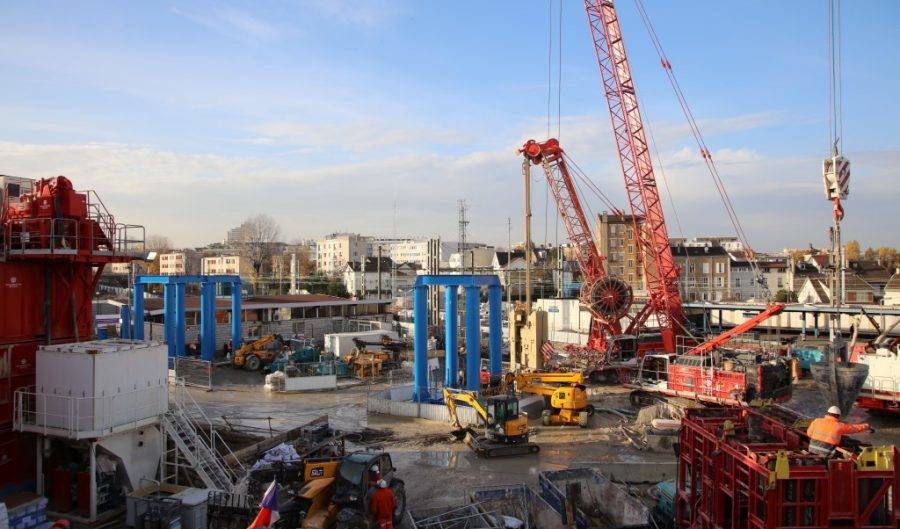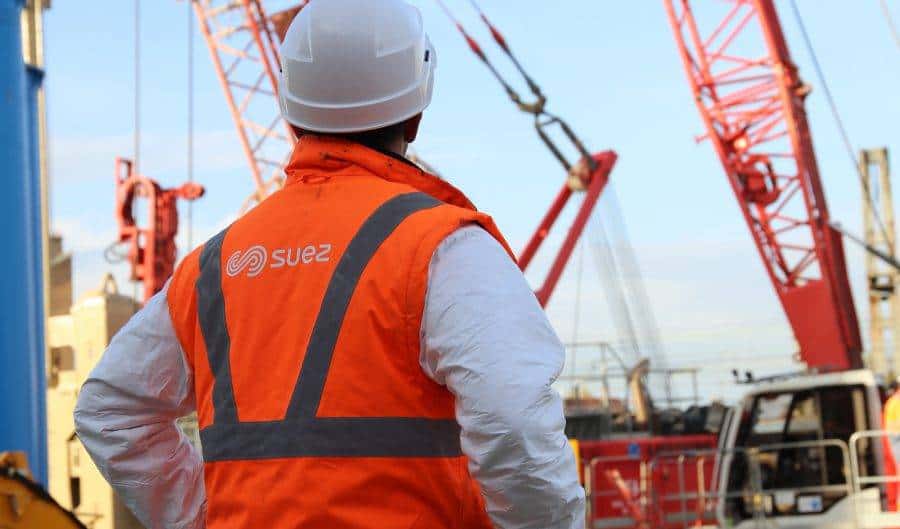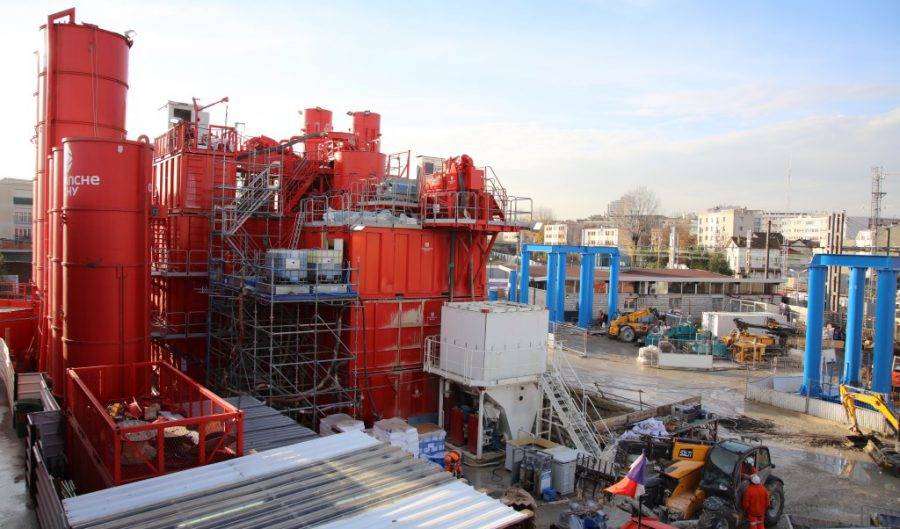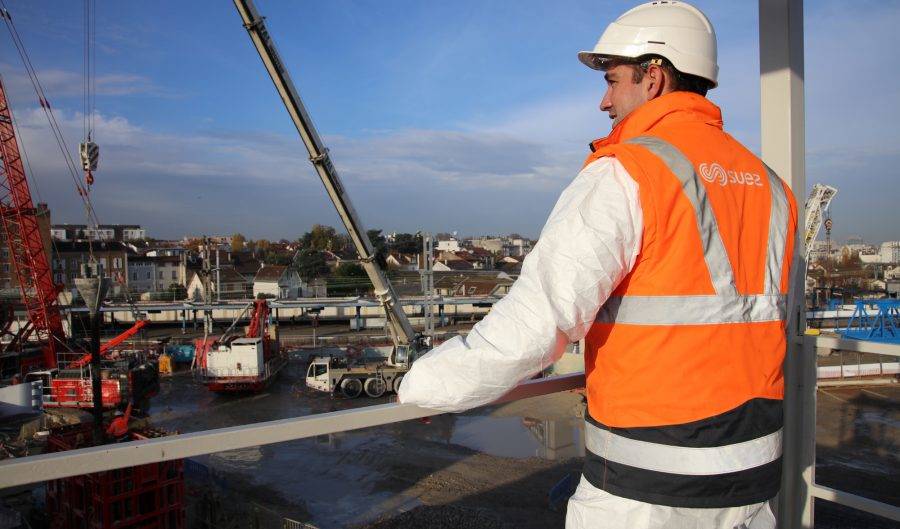
Clearing and recovering spoil on our construction sites
Rising to the environmental challenge posed by construction-site spoil, we have sought to offer a reliable, safe solution for optimising resources.
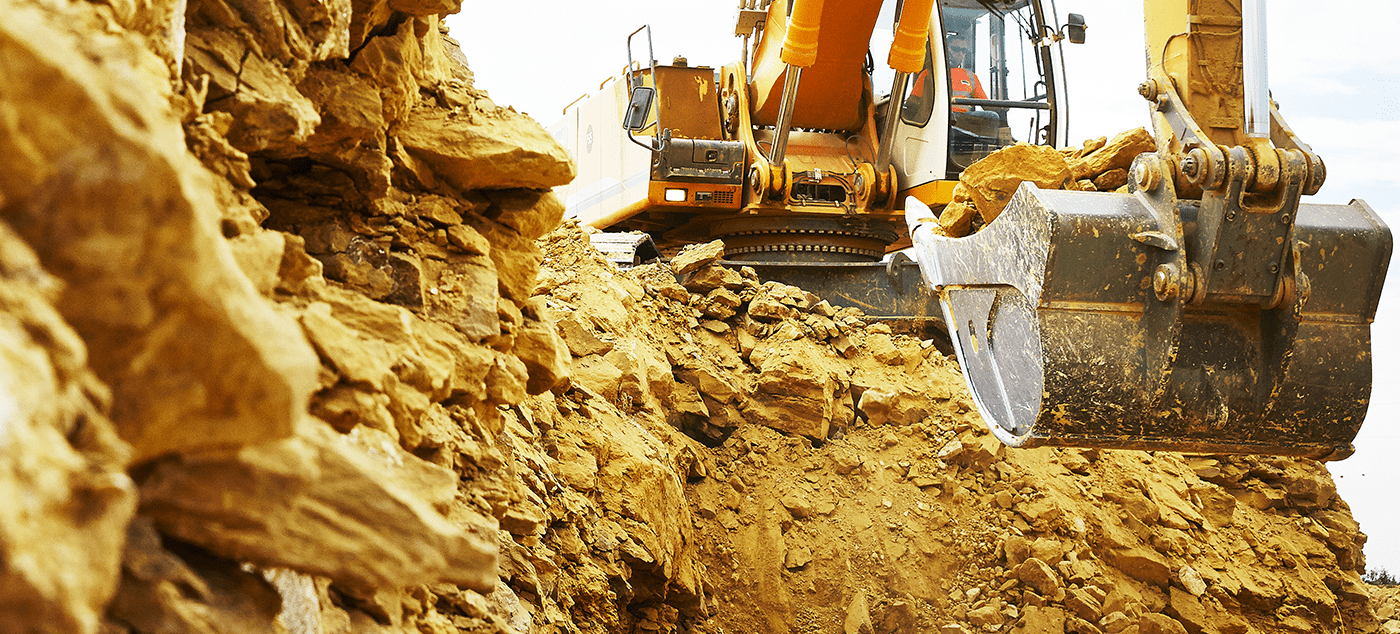
A consortium consisting of Bouygues Travaux Publics, Soletanche Bachy, and Suez has been tasked with building a new metro station (Fort d’Issy-Vanves-Clamart) that will form part of the planned Line 15 underground rail bypass encircling Paris. In the long term, this new line should unclog the Parisian public transport network and serve the surrounding departments efficiently. Here we take a look at the solutions we have devised in partnership with Suez.
How could we manage the 43 million tonnes of spoil produced by construction of the Grand Paris Express transport line ? How could we rise to this serious environmental challenge? Among other fields, Suez has long specialised in handling contaminated land and recovering earth. It has shared this area of expertise with Bouygues Travaux Publics, Soletanche Bachy, and the Société du Grand Paris (public body in charge of new infrastructure in the Parisian conurbation).
- Types of earth are categorised through samples analysed by independent laboratories. The land is then excavated.
- Suez transports the earth to the appropriate recovery and processing centres while ensuring a high level of safety and transparency, and strict traceability of the portions of earth analysed.
- A specially created software program set up by the Société du Grand Paris enables Suez to give information on the site and its processing centres.
More reading
Read also



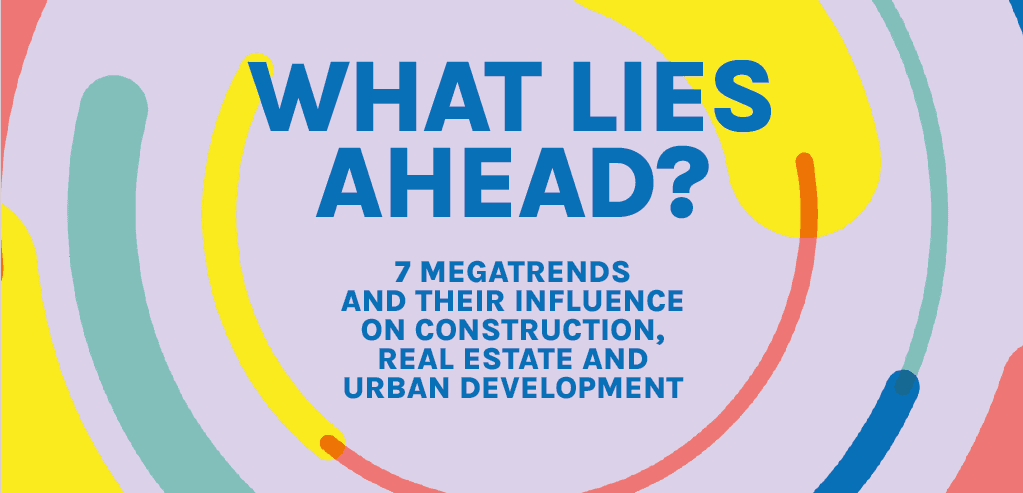
What lies ahead? 7 megatrends and their influence on construction, real estate and urban development
Article
20 minutes of reading

